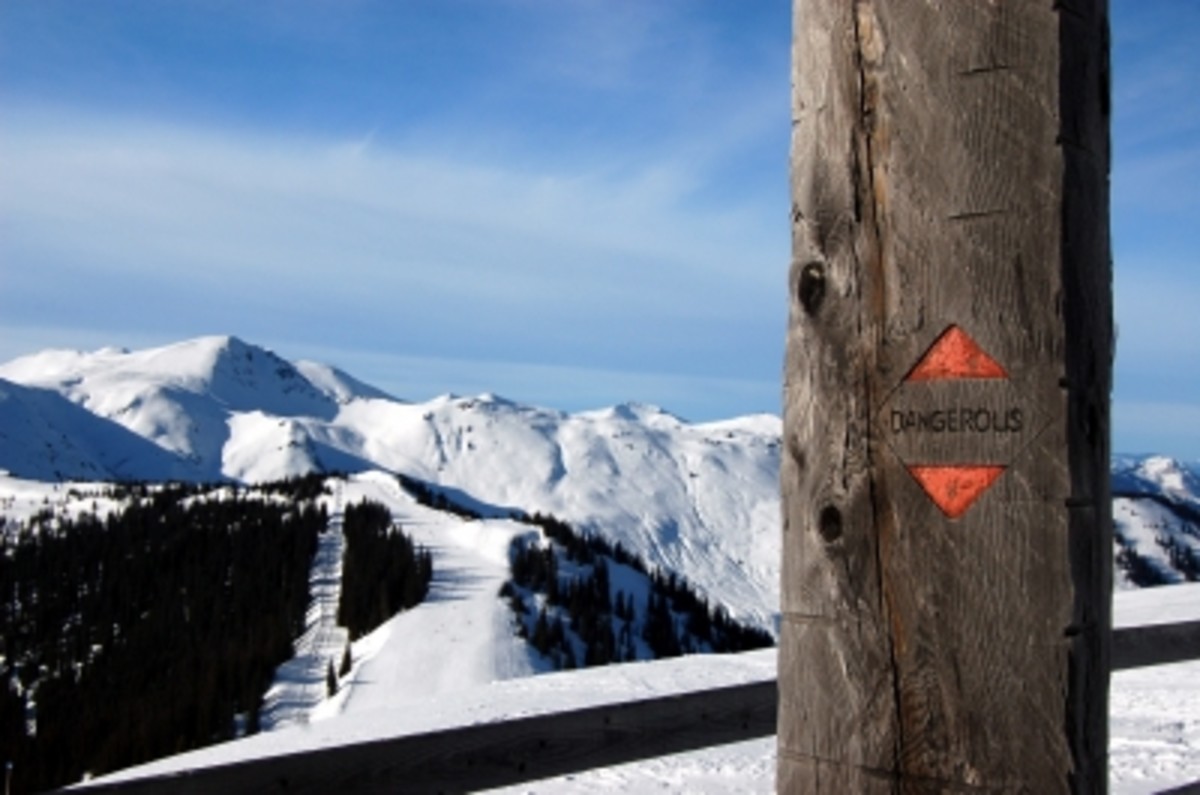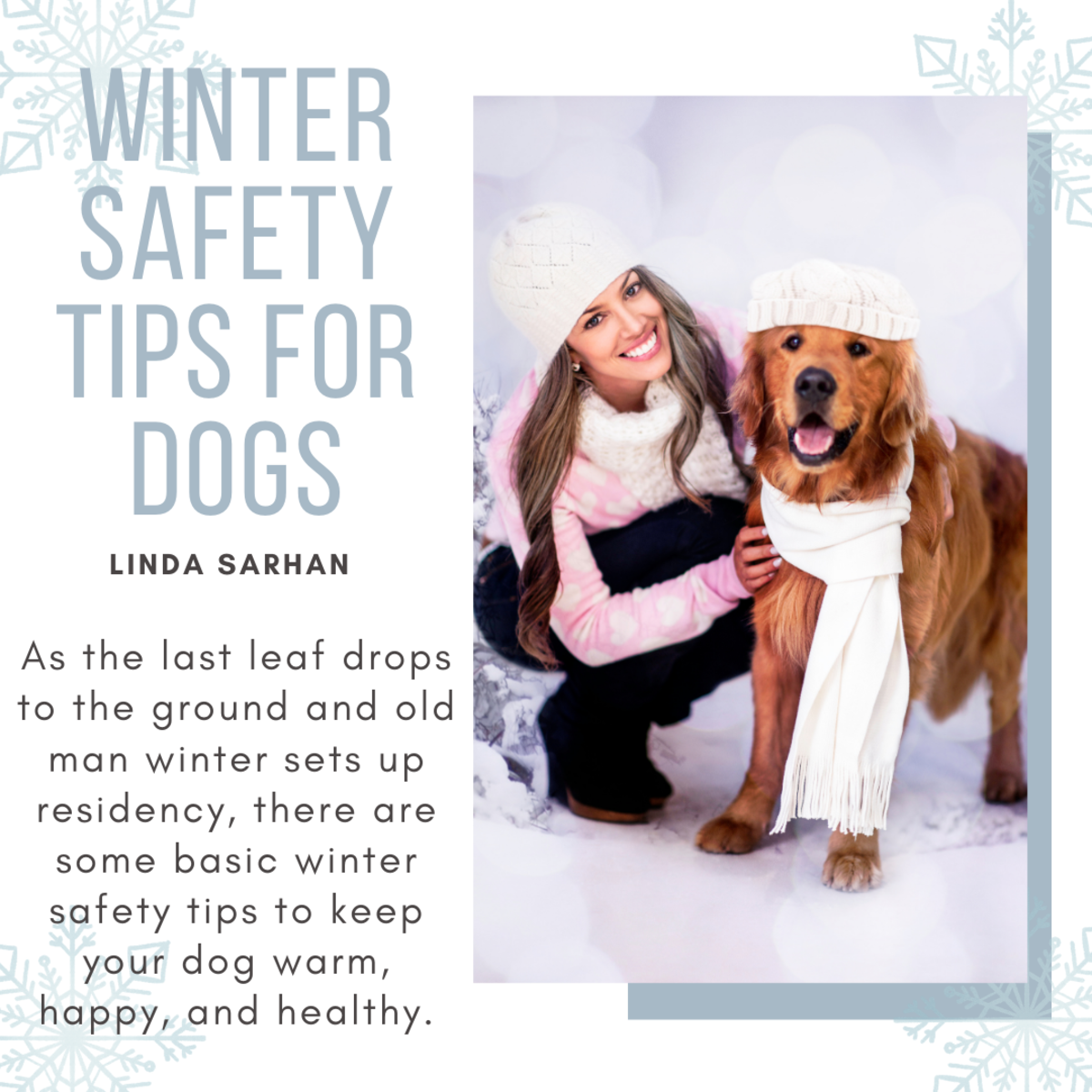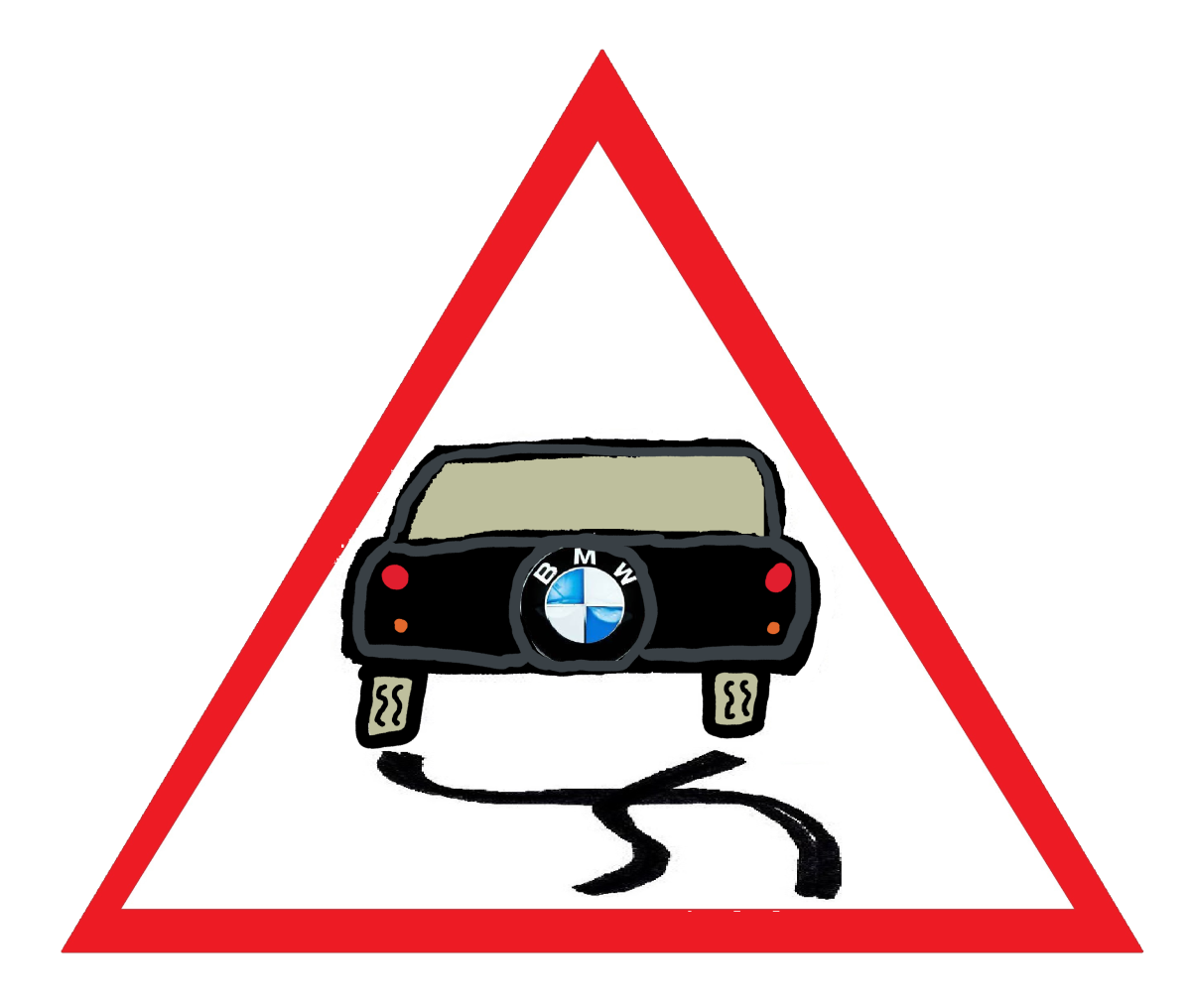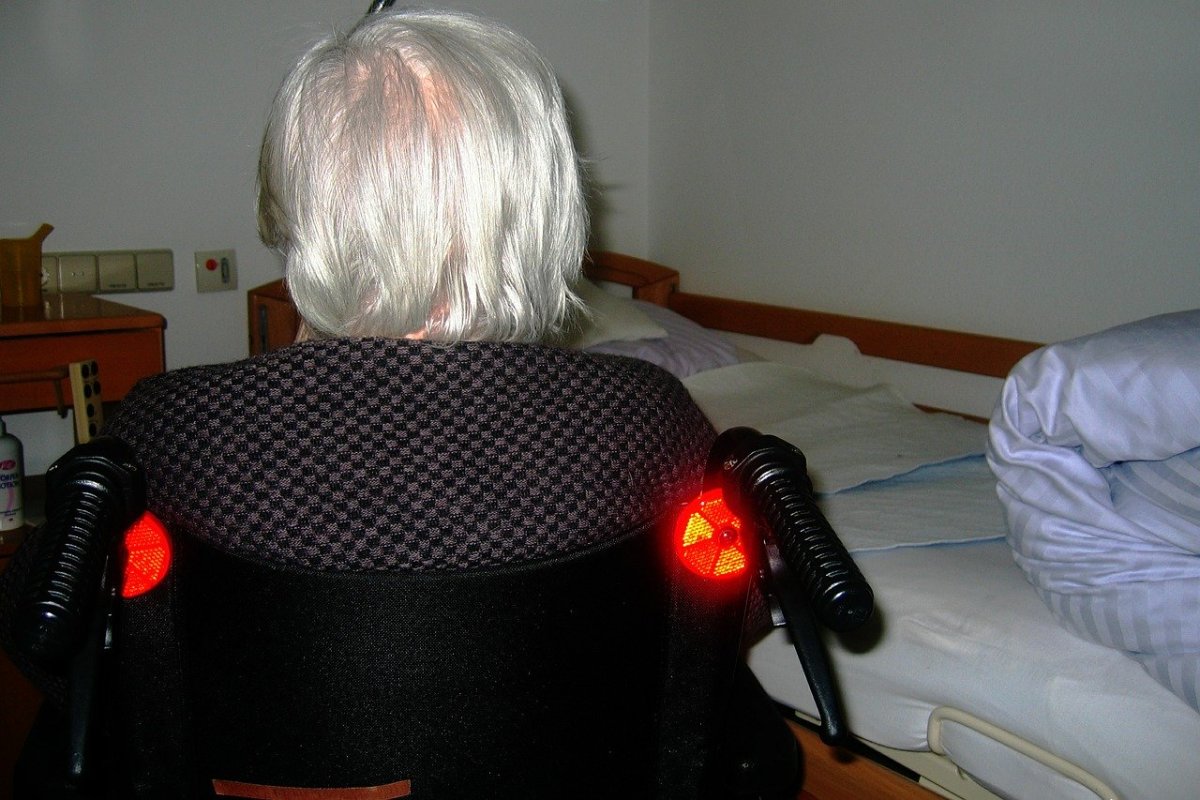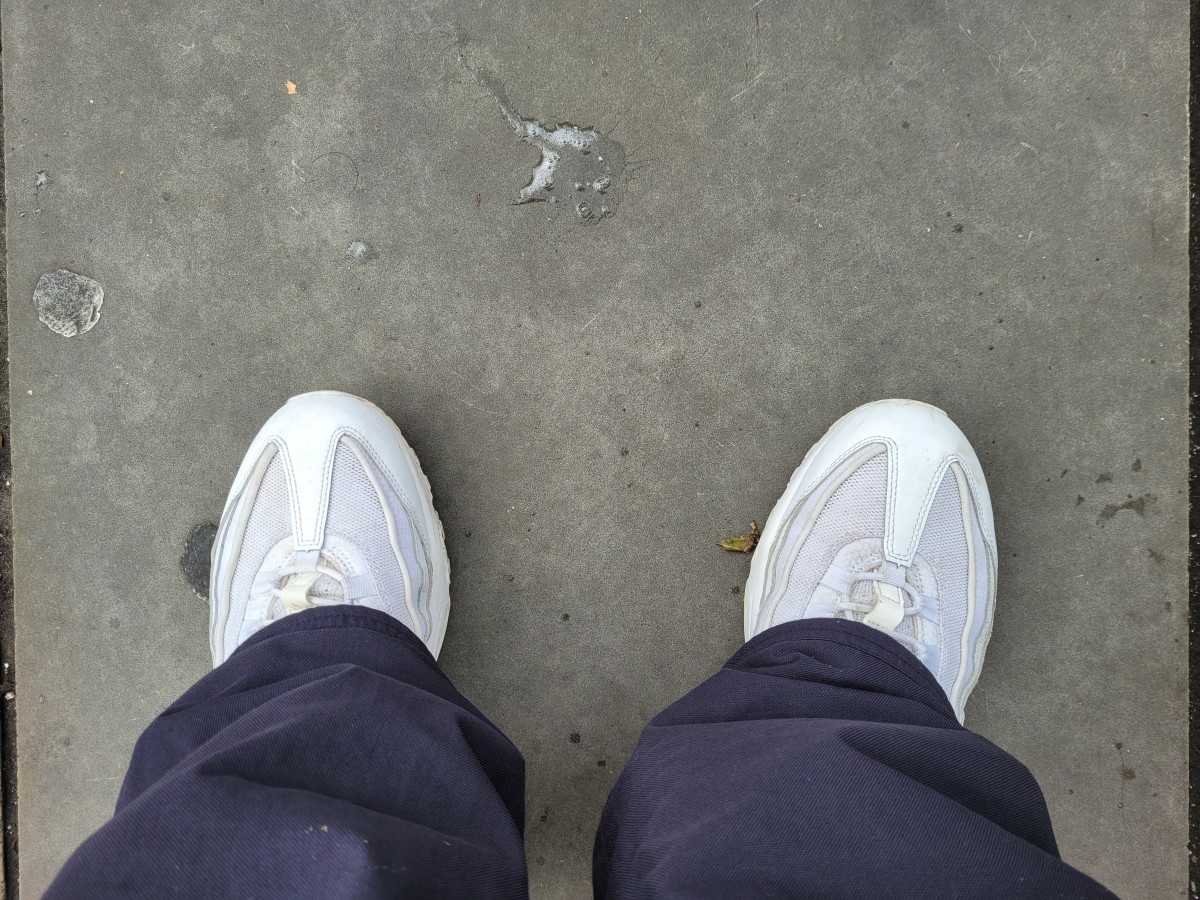Winter Safety Tips - Walking On Ice and Snow
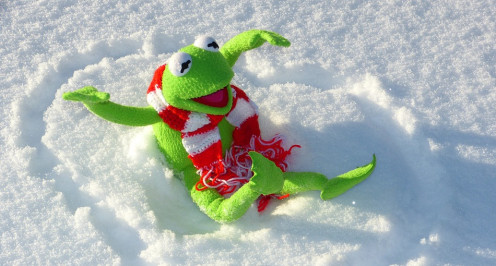
Winter Ice Safety
My ankle fell apart when I slipped on the thick ice in the darkness. The ankle just seemed to fold in half. Luckily there was no pain and I was able to call for help.
Pain did not occur until a few months later, as I worked to reduce the swelling of the foot and ankle during the healing process. The next winter, I marveled at women in spike heeled boots as they ran across ice. How did they not fall?
I also commiserated with and helped people who fell flat on their backs on just a little ice, some smacking their heads hard.
Fortunately, I have never slipped again after finding a pair of ice cleats in a local outdoor sports store. The only discouraging fact related to this is that no one has invented a set of cleats for wet bathroom floors that will not gouge the flooring material.
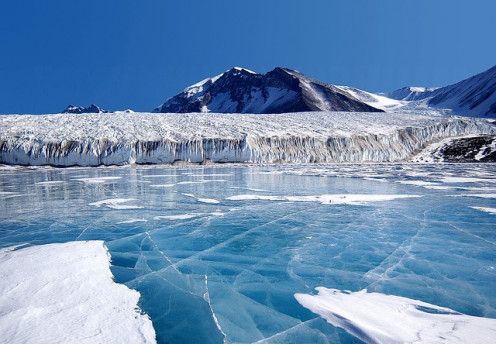
The Impact of Ice Hazards
According to the National Safety Council, at least 16,000 US residents die each year from falls of all kinds, including slipping on ice (reference:www.senioryears.com/fallsart.html). However, the Centers for Disease Control and Prevention (CDCP) place the number of deaths at 17,000 annually. Further, one in every three people ages 65+ fall each year on all surfaces and this is true in the United States and Canada. Aging populations with mor frequent falls make ice safety more important in terms of pain and healthcare costs.
According to the Workers Compensation Fund (wfcgroup.com), slip and fall injuries on ice and snow account for 80% of all slip and fall deaths in America. These fatal ice falls rank as the second most frequent cause of accidental deaths in the nation, after the top ranking cause of automobile accidents. Further, WCF reports that at least half of ice and snow falls occur in parking lots and on sidewalks from 6:00 am through noon.
The Toronto Rehabilitation Institute supports a dedicated WinterLab in which study healthy adult participants are placed into harnesses to protect them from injury as they walk on an ice rink maintained at below zero degrees. The temperature low point can be -4º F, with wind gusts of up to nearly 20 miles per hour. The mission of the lab is to reduce the number of slip and fall injuries and deaths across Canada, especially for senior citizens and individuals with disabilities and current injuries.
Preparing to Fall
- Carry some newspaper with you as you walk. You can spread out layers of newspaper on ice and this will allow you to walk over it. Broken down cardboard cartons can help you outside at home in the same way if you need to do something outside.
- Consider using a cane or a ski pole for support on the ice and snow, even if you do not usually use one. A four-footed cane is best and both canes and ski pole can be found at thrift stores. You might even use a mop handle.
- Avoid shoes and boots that have slick bottoms and high heels. Treads or a rough surface are better for balance and traction. It is possible to rough up some slick soles with coarse grain sandpaper if necessary - do this over the portion of the sole that is under the ball of the foot.
- Do not try to run, but do take smaller, more consciously placed steps. If you attempt jogging in snowy weather, ensure that you have the appropriate footwear.
- If possible, wear a thick hat, layers of sweaters or sweat shirts, and a thick coat that can cushion your fall.
- If you fall backward, try to keep your head up by bending your chin into your chest.
- If you fall forward, look up strongly to keep you chin raised off the ice and snow.
- If you fall to your side, attempt to stretch out the arm on that side and slap the ground, thereby allowing your head to come to rest on your upper arm rather than smashing into the ice and snow. Do not bend your wrist and land on the palm of your hand, or try to come down on an elbow, because you are likely to break either joint. Stetch out the arm and think about your stronger, tricep muscle area taking the impact.
Ice and Snow Preparedness
We can take some actions to prepare for safety during snowy or icy conditions. Some of these precautions include:
- Check weather forecasts with particular attention to predicted rush hour driving conditions, overnight low temperatures, and wind chill factors. Note whether or not road clearing crews will out in a timely manner to clear ice and snow from the highways and secondary roads.
- Leave your home early, drive more slowly than usual, and maintain a clear distance between your vehicle and others on the roadways.
- Avoid icy overpasses, if possible. I always avoid the freeway during snow storms as well.
- Before leaving your home, make sure that your cell phone, if you have one, is fully charged. If you have no cell phone, consider an inexpensive pay-as-you-go model for winter months.Having a car charger for your phone or a small emergency charging device that gives you another 30 minutes of time is a plus.
- Carry a transistor radio in your car in case your car radio becomes inoperable. This allows you to maintain contact with weather stations and traffic reports.
- Have some nonperishable food items in your car in case you become stuck; food bars and fresh fruit like apples are appropriate, especially for diabetics (carry your insulin with you if possible).
- If you have medical conditions, wear a Medical Alert bracelet or necklace. Have you doctor's name, address, and phone number in your wallet or purse.
- Note any Snow Emergency designations in your area: Level One Snow Emergency indicates that we need to take extra precautions, such as leaving earlier for work and other activities, wearing adequate clothing, and wearing non-skid shoes or boots or those equipped with ice cleats. We should also ensure that we have emergency gear in the car. This includes a blanket, a hat and gloves, extra clothing, an automobile snow shovel, ice melting salt or cat litter (for traction under automobile wheels on ice), a sturdy ice scraper, windshield washer fluid, extra antifreeze, and a gallon of water. During winter months, I always carry a small spray type of lock de-icer in my pocket to ensure that I can enter my vehicle it works quickly. I usually also have a large cardboard carton broken down flat in the back seat to use under the wheels for traction if stuck on ice, in case ice melt or cat litter do not work. A 20-pound bag of cat litter in the trunk also helps to stabilize the rear of the car by adding extra weight. A few roadside flares and a set of jumper cables can come in handy in any emergency.
- Level Two Snow Emergency means that we should not leave the house unless necessary. The less traffic on the roads, the better, because this helps to eliminate some traffic and pedestrian accidents and clears the way for city and country road crews to clear the highways and streets. If you must be on the roadways, use the preparedness suggestion for Level One Snow Emergency and expect traveling to be slower.
- Level Three Snow Emergency means that it is illegal to be driving on the roads, streets, and highways in your area. Drivers can be ticketed, arrested, and/or forced by law enforcement personnel to leave their vehicles sitting on the side of the road. The sitting cars often receive additional tickets for parking and similar violations. Sometimes, these vehicles are towed by the city or county, requiring fines and towing charges to be paid by their owners. Still others of these vehicles are plowed under by road crews and must be dug out of drifts of snow and ice. The better decision is to stay off the roads.
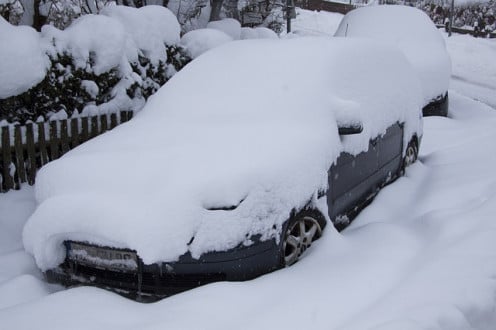
How To Safely Walk On Ice
Crutches On Ice
Afraid To Walk On Ice
Many people who have fallen and injured themselves on the ice, and particularly senior citizens - one of of every three annually (see The Impact of Ice Hazards, above), fear going outside in the winter.
These fall victims can become frightened of walking on snow, ice, and even puddle of water, and eventually may not want to leave their homes in winter.
Senior citizens in particular can become stiff in cold weather and this stiffness lends itself to slip and fall injuries. This is one reason to maintain flexibility across the lifespan.
Using exercise to improve and strengthen one's walking pattern, balance, flexibility (a vital need), and muscle strength can lead to 13% or more reductions in falling on all surfaces, according to officials and medical staff at Hansom Air Force Base in Massachusetts (See one reference at: www.hanscom.af.mil/library/factsheets/factsheet.asp?id=17783). This physical improvement can help reduce the fear of walking in ice and snow.
Stranded In the Ice and Snow
One of the worst winter scenarios may be an unprepared younger inexperienced driver in an ice storm becoming stranded, or an inadequately prepared senior person out late at night in temperatures below freezing, driving in ice and snow, and suffering a vehicle breakdown.
In either case, perhaps a gasoline station is only a block away. However, if these ill prepared persons leave their vehicles, they might slip on the ice and slide under the wheels of traffic, or suffer hypothermia.
Good advice is that if you must walk to a safe place near your breakdown in an ice storm, at least be prepared. Have extra, warm clothing in your vehicle. along with safe sturdy footwear. See Preparing to Fall above for more details.
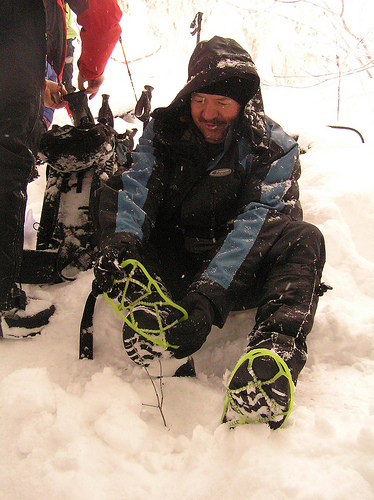
Yaktrax In Colors

Flexible, Safe Rubber and Wire Ice Cleats
Some ice safety devices for use on the bottom of shoes use a system of chains that resembles tire chains we use in winter. These are not my favorite type, because the chains can break.
Cleat sets that I favor are made of criss-crossed flexible rubber with a medium gauge wire wrapped around the thick rubber strands that stretch over the bottom of a shoe or boot. Any sliding motion on the ice is dissipated as it is transferred out along all the edges of the shoe using this cleat design. (This does not work on tile floors, because there is nothing for the cleats to dig into, so take them off in stores. They have not damaged my carpets at all, though.)
I still have my first set of the cleats that I like best and I have used them for 10 years without any damage done to them. rinsing them off and drying them somewhat with a towel helps to keep road salt from eating away at the rubber and metal.
The first set of ice cleats I found were orange Yaktrax, which could be easily seen in ice and snow. Yaktrax are made in a variety of colors, so you have a choice. I like the orange, just in case one ever slips off and in several years, this happened only once, when I failed to stretch it over my show far enough. A lot of snow was on the ground, but there was my orange Yaktrax, easily visible.
Yaktrax For Running
Demo: Without and With Yaktrax
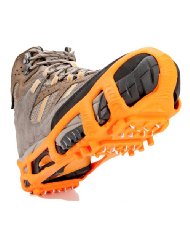

Stablicers
Stablicers by 32 North company are among the strongest ice cleats made. Comprising and additional non-slip sole to attached to the bottom and over the toe of boots and shoes, these ice cleats are not pretty, but functional and can save the user from falls in heavy ice and even in ice-and-snow storms.
Made in Maine, their manufacturer reports that a range of emergency services personnel, mail delivery people, and construction workers use them very winter.
Users of this product in Alaska are satisfied with the functionality of this product and the ease with which it can be attached to their footwear with Velcro fastenings. It's probably the best thing invented for serious ice and snow walking since the snowshoe.
This ice cleat is advertised as rubber with 50 replaceable cleats that can be purchased in another package when you need to replace the originals, and suitable for walking on ice, snow crust. and river bottoms, as well as slippery rocks.
Sizes range from XX-Small to XX-Large.


